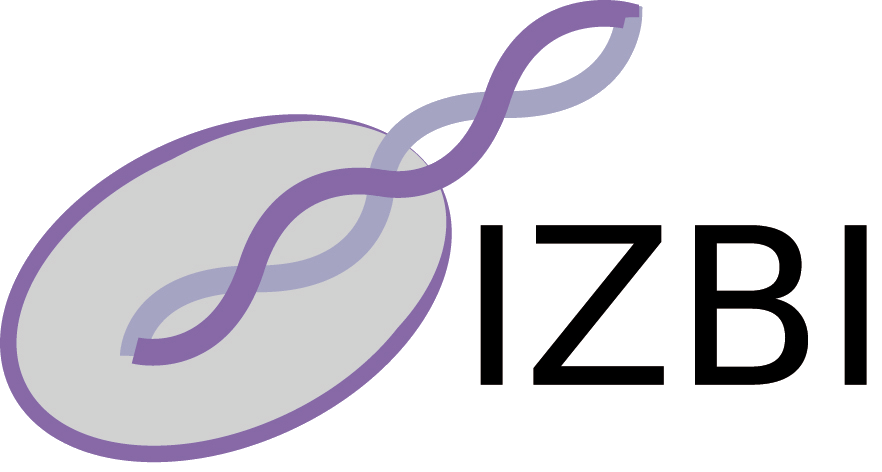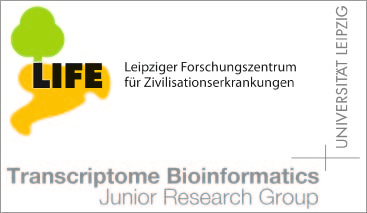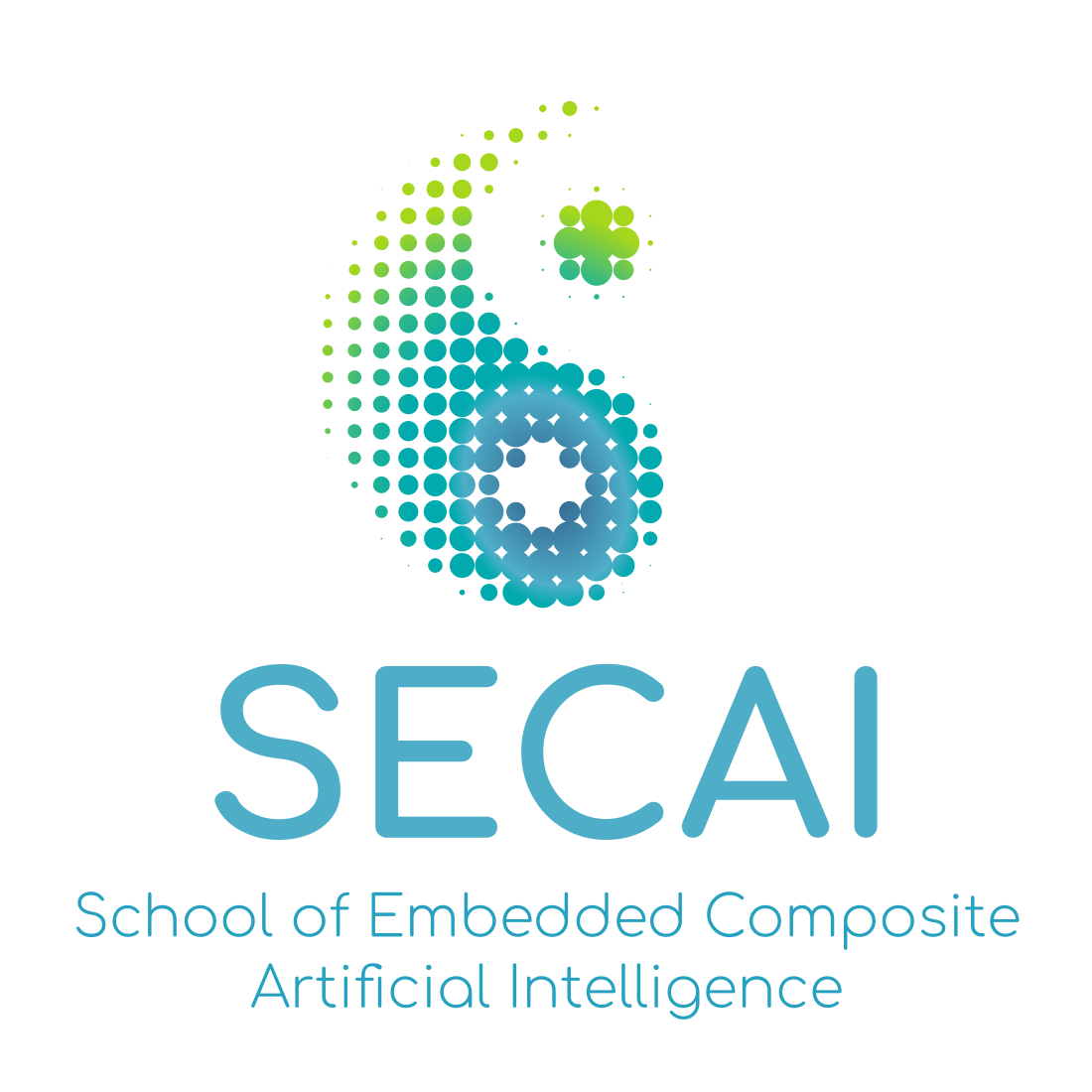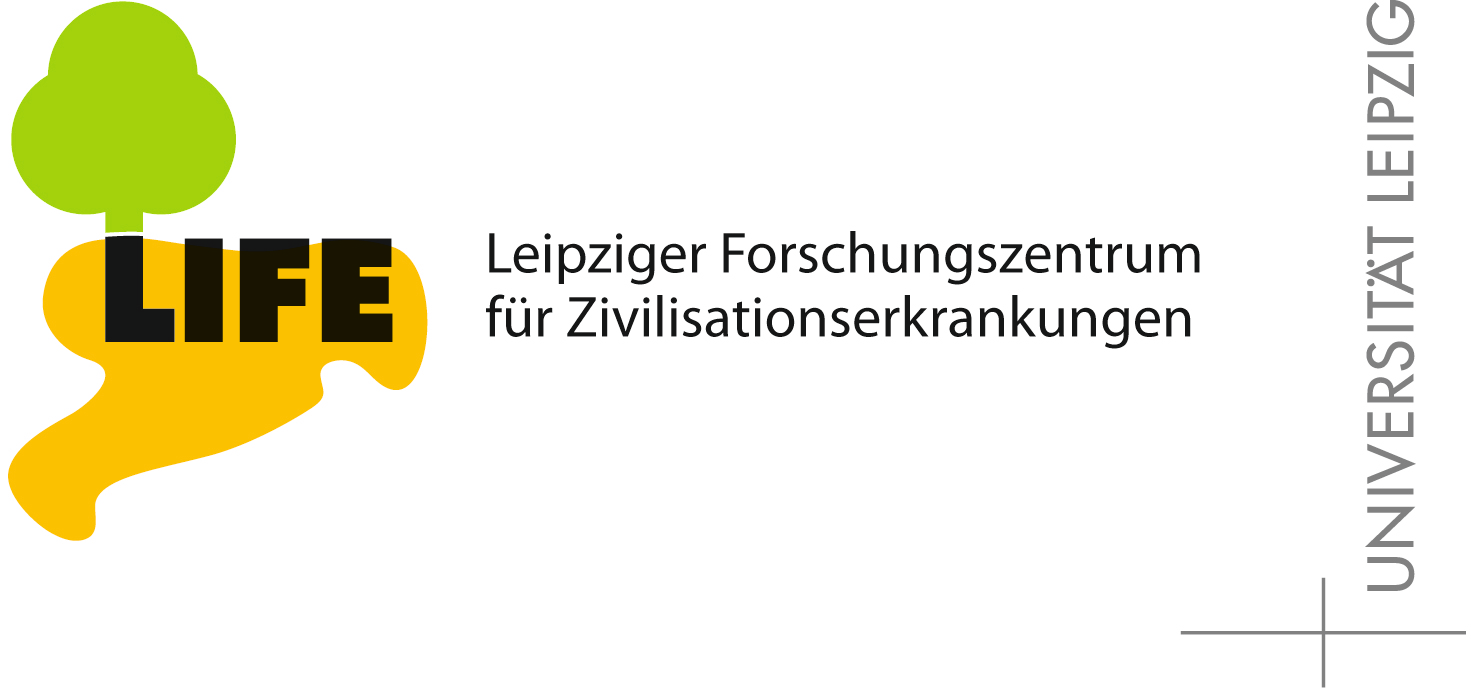Publications - Published papers
Please find below publications of our group. Currently, we list 565 papers. Some of the publications are in collaboration with the group of Sonja Prohaska and are also listed in the publication list for her individual group. Access to published papers ( ) is restricted to our local network and chosen collaborators.
If you have problems accessing electronic information, please let us know:
) is restricted to our local network and chosen collaborators.
If you have problems accessing electronic information, please let us know:
 ) is restricted to our local network and chosen collaborators.
If you have problems accessing electronic information, please let us know:
) is restricted to our local network and chosen collaborators.
If you have problems accessing electronic information, please let us know:©NOTICE: All papers are copyrighted by the authors; If you would like to use all or a portion of any paper, please contact the author.
Superbubbles revisited
Gärtner, Fabian and Müller, Lydia and Stadler, Peter F.
Download
Status: Published
Alg. Mol. Biol. 13: 16
Abstract
Background
Superbubbles are distinctive subgraphs in direct graphs that play an important role in assembly algorithms for high-throughput sequencing (HTS) data. Their practical importance derives from the fact they are connected to their host graph by a single entrance and a single exit vertex, thus allowing them to be handled independently. Efficient algorithms for the enumeration of superbubbles are therefore of important for the processing of HTS data. Superbubbles can be identified within the strongly connected components of the input digraph after transforming them into directed acyclic graphs. The algorithm by Sung et al. (IEEE ACM Trans Comput Biol Bioinform 12:770–777, 2015) achieves this task in O(𝑚 𝑙𝑜𝑔(𝑚))-time. The extraction of superbubbles from the transformed components was later improved to by Brankovic et al. (Theor Comput Sci 609:374–383, 2016) resulting in an overall O(𝑚+𝑛)-time algorithm.
Results
A re-analysis of the mathematical structure of superbubbles showed that the construction of auxiliary DAGs from the strongly connected components in the work of Sung et al. missed some details that can lead to the reporting of false positive superbubbles. We propose an alternative, even simpler auxiliary graph that solved the problem and retains the linear running time for general digraph. Furthermore, we describe a simpler, space-efficient O(𝑚+𝑛)-time algorithm for detecting superbubbles in DAGs that uses only simple data structures.
Implementation
We present a reference implementation of the algorithm that accepts many commonly used formats for the input graph and provides convenient access to the improved algorithm. https://github.com/Fabianexe/Superbubble.















